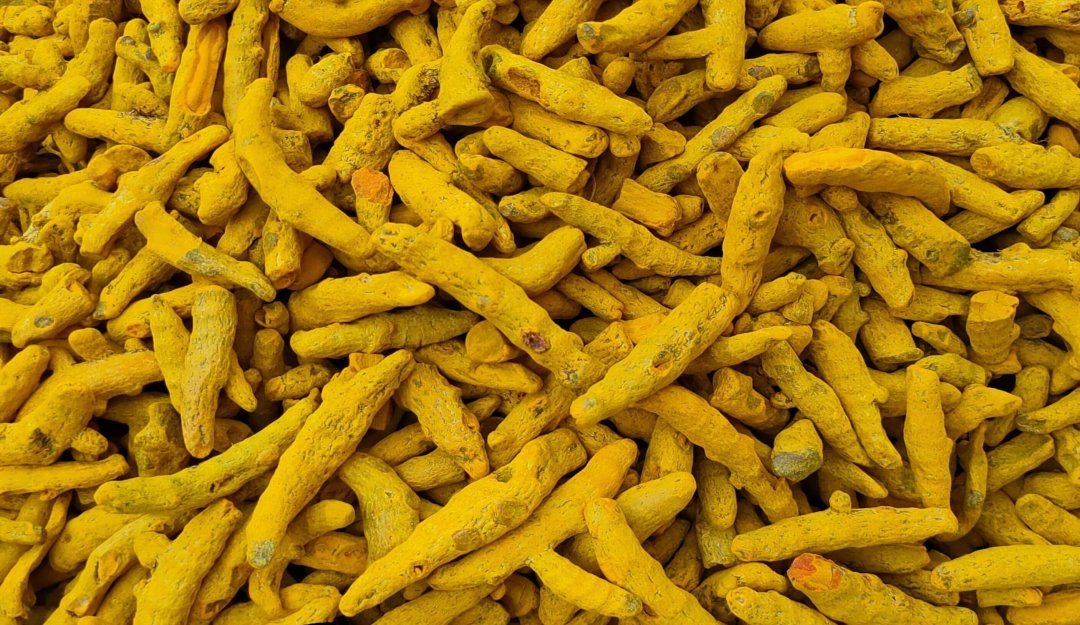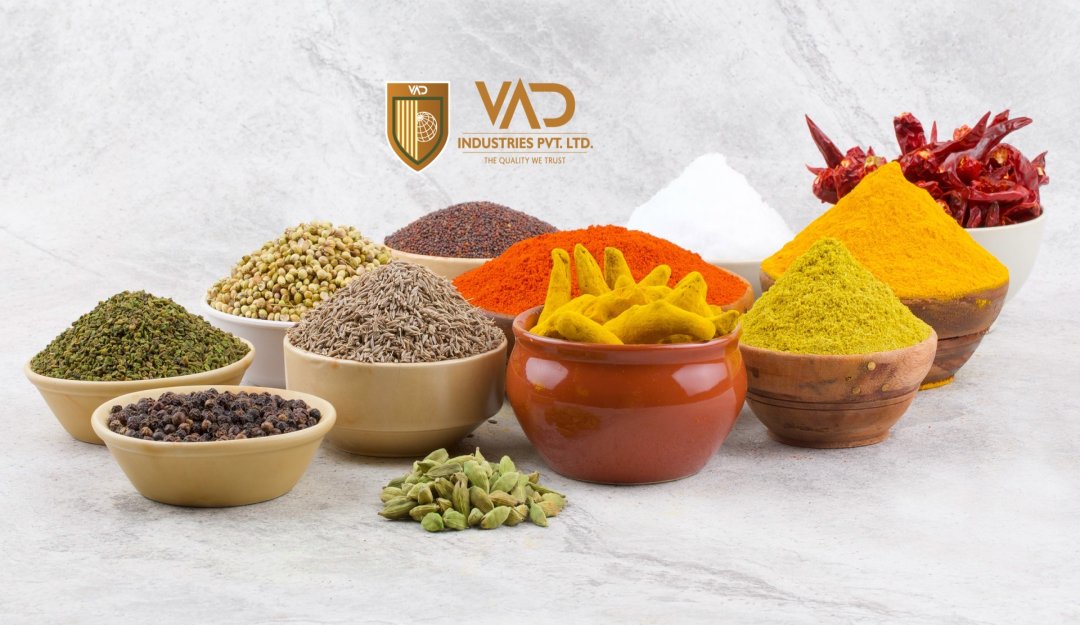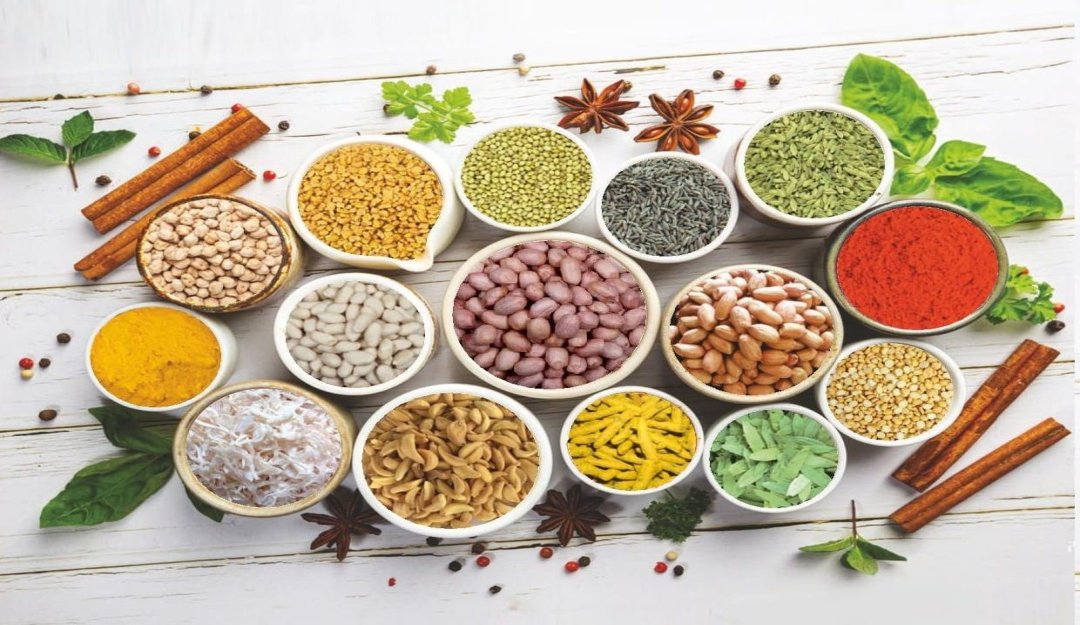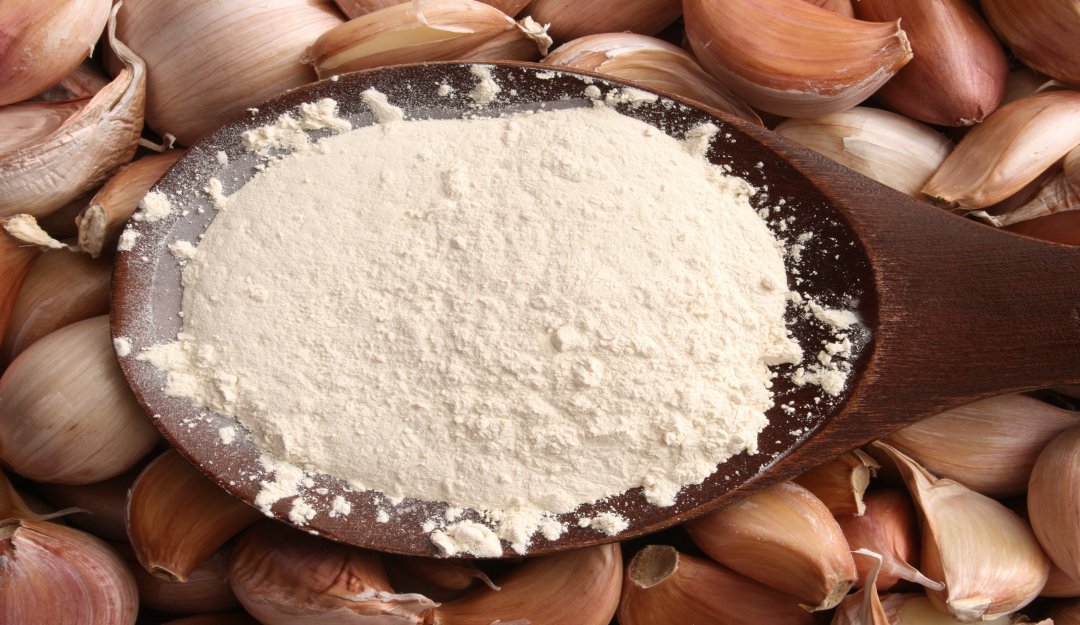The Complete Buyer’s Guide to Dehydrated Garlic for Food Manufacturers
-
By
VAD INDUSTRIES
- September 21, 2025
- Dehydrated Products
- 0 comments
Garlic has been a cornerstone of global cuisine for centuries, renowned for its pungent aroma, robust flavor, and numerous health benefits. In the industrial food manufacturing sector, garlic plays a critical role in flavoring sauces, ready-to-eat meals, marinades, seasonings, and snacks. However, fresh garlic presents several challenges for large-scale production.
Fresh garlic is highly perishable, prone to spoilage, and requires labor-intensive preparation such as peeling and chopping. These factors make it difficult for food manufacturers to maintain consistency in flavor, aroma, and quality across batches. Moreover, large-scale storage and transportation of fresh garlic can be cumbersome, increasing costs and logistics challenges.
This is where dehydrated garlic steps in as a game-changer. Available in various forms such as garlic powder, granules, flakes, and minced, dehydrated garlic provides food manufacturers with a convenient, long-lasting, and consistent alternative to fresh garlic.
In this comprehensive guide, we will explore the importance of dehydrated garlic in industrial food production, the different types of products available, how to choose the right form for your needs, storage practices, industrial applications, market trends, and more.
Why Dehydrated Garlic is Essential for Food Manufacturers
Consistency in Flavor
For industrial food production, maintaining a consistent flavor profile is paramount. Variations in fresh garlic due to size, age, or storage conditions can affect taste, aroma, and the overall quality of the final product. Using dehydrated garlic powder or granules ensures uniform flavor across all batches, which is crucial for large-scale sauces, soups, and ready-to-eat meals.
Extended Shelf Life
Fresh garlic typically lasts only 2–3 weeks under optimal storage conditions. In contrast, dehydrated garlic products can last anywhere from 12 to 24 months if stored correctly. This extended shelf life reduces waste, lowers procurement costs, and ensures a steady supply for manufacturers.
Ease of Handling and Storage
Dehydrated garlic eliminates the need for peeling, chopping, and cleaning, significantly reducing labor costs. Its lightweight form allows for easy storage, handling, and transportation. Manufacturers can efficiently integrate dehydrated garlic into automated processing lines without compromising hygiene.
Versatility in Flavor Combinations
Dehydrated garlic pairs well with other dehydrated ingredients such as dehydrated white onion flakes or dehydrated red onion flakes, allowing manufacturers to create balanced flavor profiles in sauces, spice blends, or ready-to-eat meals.
Types of Dehydrated Garlic Products
Dehydrated Garlic Powder
Dehydrated garlic powder is finely ground garlic with uniform particle size. It is ideal for:
- Smooth sauces, gravies, and soups
- Industrial seasoning blends
- Ready-to-eat meals
Its fine texture ensures rapid dissolution and even distribution of flavor, making it suitable for liquid or semi-liquid products.
Dehydrated Garlic Granules
Dehydrated garlic granules are coarser than powder and release flavor gradually. They are perfect for:
- Marinades and rubs for meat and poultry
- Dry seasoning blends
- Snack foods requiring texture and slow flavor release
Granules are often preferred in industrial snack production where controlled flavor release is essential.
Dehydrated Garlic Flakes
Dehydrated garlic flakes maintain some of the original garlic texture, providing both flavor and visual appeal. Common applications include:
- Spice mixes for retail
- Culinary seasonings
- Industrial ready-to-eat products
Flakes are especially useful in products where the visible presence of garlic enhances the appeal, such as frozen meals or packaged sauces.
Dehydrated Garlic Minced and Chopped
These forms retain texture and are used in:
- Ready-to-eat meals
- Premium sauces and gravies
- Gourmet culinary preparations
Minced and chopped garlic is ideal when a burst of garlic flavor is needed without the labor of fresh garlic preparation.
How to Choose the Right Dehydrated Garlic Product
Consider the End Product
Selecting the correct form depends on the type of food being produced:
- Powder: Best for smooth sauces, gravies, soups, and seasoning blends.
- Granules: Suitable for meat products, marinades, and dry snacks.
- Flakes: Ideal for retail spice blends and visible garnish.
- Minced/Chopped: Perfect for ready-to-eat meals and gourmet sauces.
Supplier Certifications
ISO, FSSAI, and Halal certifications ensure high-quality products suitable for both domestic and international markets. Dehydrated garlic products from certified Indian suppliers meet international standards for hygiene, flavor, and safety.
Packaging Options
Proper packaging prolongs shelf life and ensures flavor preservation. Options include:
- Vacuum-sealed bulk bags for industrial kitchens
- Nitrogen-flushed containers for long-term storage
- Retail-ready packs for packaged food products
Manufacturers can choose packaging based on production scale, storage conditions, and target markets.
Storage and Handling Best Practices
Storage Conditions
- Store in a cool, dry area away from sunlight
- Avoid high humidity and moisture
- Use airtight containers to preserve aroma
Shelf Life
- Powder & granules: 12–24 months
- Flakes: 12–18 months
- Minced/Chopped: 12 months
Pairing garlic with dehydrated white onion granules enhances flavor in sauces, gravies, and spice mixes.
Industrial Applications of Dehydrated Garlic
Sauces and Condiments
Dehydrated garlic powder ensures consistent taste in sauces, gravies, ketchups, and mayonnaise.
Snack Foods
Granules and flakes coat chips, nuts, and extruded snacks evenly, ensuring uniform flavor distribution.
Meat and Poultry Processing
Granules and minced garlic enhance marinades, rubs, and ready-to-eat meals, while reducing labor costs and preparation time.
Ready-to-Eat and Convenience Foods
Powder, flakes, or minced garlic forms provide consistent flavor in frozen meals, canned soups, and meal kits.
Internal link: Combine garlic with dehydrated pink onion flakes for layered flavor profiles.
Quality Indicators of Dehydrated Garlic
- Off-white to pale yellow color
- Strong, pungent aroma
- Free from mold or foreign particles
- Uniform particle size for consistent flavor release
Complement with dehydrated white onion powder or dehydrated white onion chopped in industrial spice blends.
Market Trends and Insights
Growing Global Demand
- Rising consumption of ready-to-eat meals and snacks
- Health-conscious consumers prefer natural flavorings
- Large-scale manufacturers seek consistent, convenient ingredients
India as a Leading Supplier
India exports dehydrated garlic powder, granules, flakes, and minced products to the USA, Europe, and the Middle East.
Export Opportunities
Halal-certified and ISO-compliant products are increasingly demanded in international markets.
Challenges and Solutions
Maintaining Aroma
Use vacuum-sealed or nitrogen-flushed packaging to preserve flavor.
Ensuring Batch Consistency
Source from reputable suppliers and perform regular quality checks.
Market Competition
Offer value-added products such as organic, Halal-certified, or specialty granules and minced garlic.
Dehydrated Garlic vs Fresh Garlic
Feature | Fresh Garlic | Dehydrated Garlic |
Shelf Life | 2–3 weeks | 12–24 months |
Preparation | Labor-intensive | Ready-to-use |
Flavor Consistency | Variable | Standardized |
Storage & Transport | Refrigeration | Lightweight, ambient |
Cost Efficiency | Higher labor | Lower waste & labor |
Pairing with dehydrated white onion minced enhances industrial recipe applications.
Future Outlook
- Continued adoption in food processing, ready-to-eat, and snack industries
- Innovation with flakes, granules, and minced forms for flavor customization
- Increased focus on certified, export-ready dehydrated garlic products
Explore more dehydrated garlic products for sourcing ideas and industrial recipes.
Conclusion
Dehydrated garlic—available as powder, granules, flakes, or minced forms—is revolutionizing industrial food manufacturing. Benefits include:
- Consistent flavor and aroma
- Extended shelf life
- Reduced labor and operational costs
- Export-ready quality for global markets
Manufacturers leveraging dehydrated garlic gain efficiency, ensure quality, and unlock innovation opportunities for large-scale food production.
Garlic has been a cornerstone of global cuisine for centuries, renowned for its pungent aroma, robust flavor, and numerous health benefits. In the industrial food manufacturing sector, garlic plays a critical role in flavoring sauces, ready-to-eat meals, marinades, seasonings, and snacks. However, fresh garlic presents several challenges for large-scale production.
Fresh garlic is highly perishable, prone to spoilage, and requires labor-intensive preparation such as peeling and chopping. These factors make it difficult for food manufacturers to maintain consistency in flavor, aroma, and quality across batches. Moreover, large-scale storage and transportation of fresh garlic can be cumbersome, increasing costs and logistics challenges.
This is where dehydrated garlic steps in as a game-changer. Available in various forms such as garlic powder, granules, flakes, and minced, dehydrated garlic provides food manufacturers with a convenient, long-lasting, and consistent alternative to fresh garlic.
In this comprehensive guide, we will explore the importance of dehydrated garlic in industrial food production, the different types of products available, how to choose the right form for your needs, storage practices, industrial applications, market trends, and more.
RELATED POSTS
- September 25, 2025
How to Select the Best Quality Turmeric for International Buyers
- September 21, 2025
5 Things to Check Before Importing Spices from India
- September 21, 2025
Whole vs Ground Spices: Which is Better for International Buyers?
- September 21, 2025
Difference Between Whole & Ground Spices in Export Quality
- September 14, 2025




